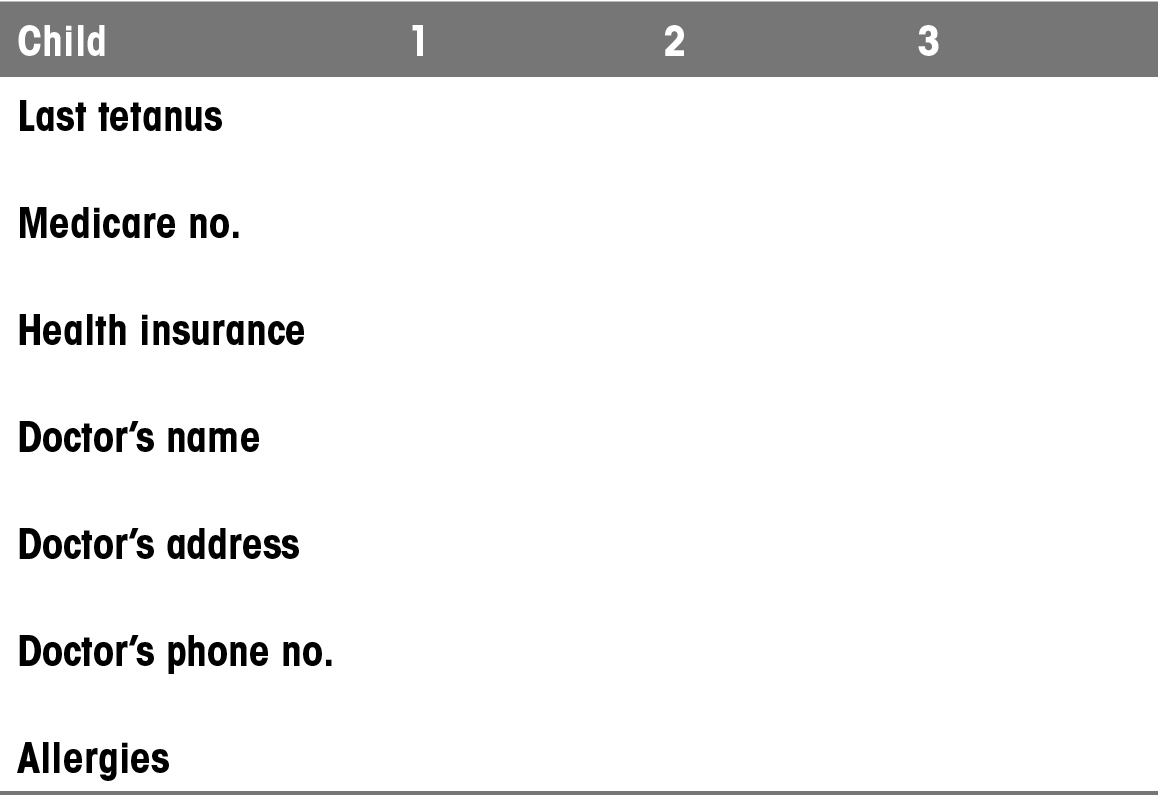Coping with school paperwork
There are peak periods
— such as the start of the school year — when, without a system in
place, I used to feel in a complete mess with all the school paperwork.
After missing a couple of important notices, I realised that to stay on
top of things I needed to develop a way of coping with the constant
influx of slips, forms and newsletters that are very much a part of
school life.
Allocating time for paperwork
One
of my biggest time wasters with paperwork was handling the same items
several times. When the kids brought me their notices after school, I’d
read them and decide whether they needed action or not. If they needed
action I’d put them aside for later. However, when later came, as I had
only skim-read the notices I’d have to read them all over again and then
action them.
Now
the kids put their notices in a folder on the kitchen bench. I don’t
worry about them until the kids are in bed. I then read them once and
action them straight away.
The school newsletter
Our
school newsletter is the main source of information we receive from the
school. To help me keep track of all the school events, once I receive
it I write all key dates on the calendar, complete the required tear-off
slips, then hang the current newsletter on a clip on the fridge for
future reference.
Sending back forms
Each
child has a communication pouch that they keep in their school bag for
the exchange of notices between home and school. In the evenings when I
fill in the forms that need to go back to school, I place the completed
forms in the kids’ lunchboxes for them. The lunchboxes sit open on the
kitchen bench each morning for the kids to collect. It’s the kids’ responsibility to ensure the completed forms make their way into the communication pouch and back to school.
The child information sheet
I picked up this tip
from another mother at school, so thanks to Danielle for sharing it with
me. There are a series of forms that have to be filled in at the start
of the year for each school child — for example, the Neighbourhood
Excursion form, which gives the school permission to take the kids on a
walk around the block. The forms all require particular details to be
filled in, such as the date of the child’s last tetanus injection, our
Medicare number, and our doctor’s name and contact details. This
information is also needed for other forms throughout the year (school
camp permission forms, for example).
I’ve compiled a child
information sheet (see table 1) so I don’t have to find the kids’
Maternal and Child Health books and all the relevant cards needed to
complete these forms. As this information doesn’t change very often, I
can continue to use it in future years as well.
Table 1: child information sheet

Organising after-school activities
As
each of our children starts going to school, the number of after-school
activities we have to juggle increases. If not managed well, the
after-school run-around can severely impact on my busyness and that of
the little ones.